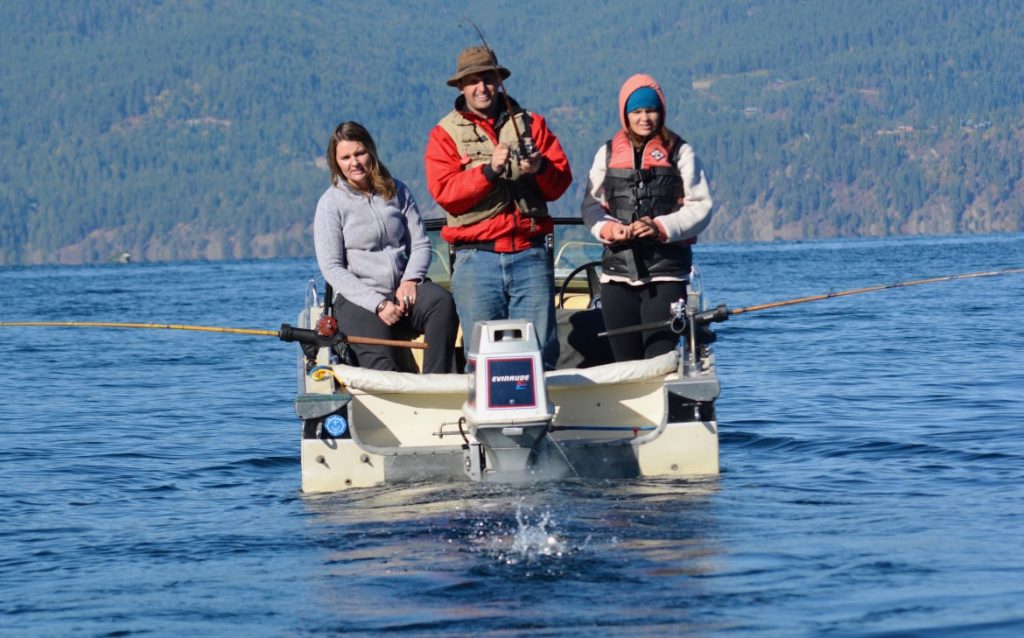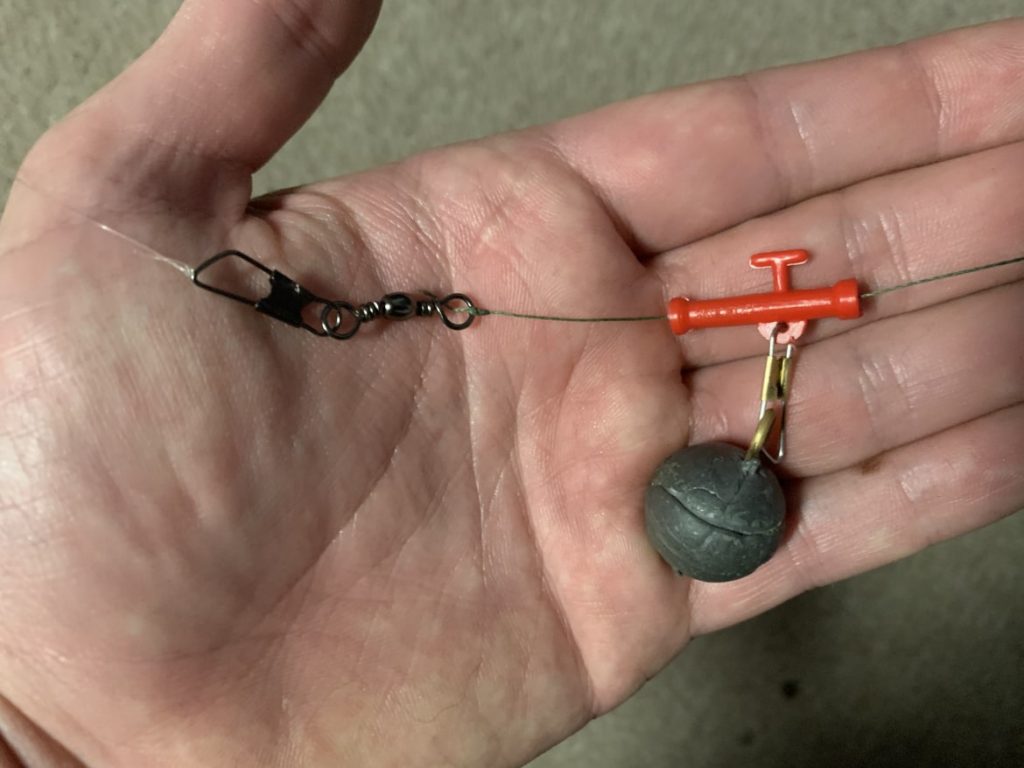
Kokes For The Broke: Tips For Getting Into A Hot Northwest Fishery Without Breaking The Bank
THE FOLLOWING IS A PRESS RELEASE FROM BRIAN PEARSON, IDAHO DEPARTMENT OF FISH AND GAME
When people think of kokanee fishing, many envision big boats with state-of-the-art electronics and multiple downriggers. For anglers who haven’t fished for kokanee before, but are interested in trying, this perception can make the barrier to entry seem expensive.
While these tools used by serious kokanee anglers make it easier to find and catch fish, that doesn’t mean you need any of them to pursue these landlocked salmon.
Now is a good time to give it a whirl: Kokanee fishing tends to be at its best through mid-summer, so if you want to try out kokanee fishing without breaking the bank, here’s how to get started.

Barebones trolling
Anglers with a small watercraft capable of trolling (whether powered manually or by a motor) and standard fishing tackle already have most of what they need to start fishing for kokanee.
“There are guys catching kokanee out of kayaks and canoes,” said John Cassinelli, Southwest Region Fisheries Manager. “The boat doesn’t have to be big — as long as you’re able to troll.”
Anglers need to buy some kokanee-specific tackle, which includes a variety of spinners, spoons and soft plastic tube jigs called “hoochies.” Colors vary from reds and pinks, to fluorescent orange and green and others. Most folks like to troll their lure with some flashy pop gear, or a dodger, to attract fish and increase strike potential. Adding some scent or bait to your lure – white shoepeg corn is a favorite – may also increase your odds of hooking a fish. Visit your local tackle shop for recommendations on the best lures for the water you plan to visit.
An electronic fish finder is a useful tool for kokanee fishing because it allows you to locate schools of the fish, but it’s also an investment. Fish finders start at about $100 and go up from there. Luckily, the power of observation can help compensate for the lack of advanced electronics.
Anglers should start by looking for kokanee around large points, across the face of dams and off the mouth of any major spawning tributary, and then follow the lead of anglers who are catching fish. if you see other boats fishing for and catching kokanee, that’s a good place to start. Don’t crowd another boat, but when you see a cluster of boats working a portion of a lake or reservoir, it likely means they’ve found a school of fish.
Doing some research beforehand helps, too: ask your local tackle shop for tips on where and at what depths anglers are catching kokanee, and check out online fishing forums, where you can often find helpful information from other anglers.

After finding where the fish are, two of the most important aspects of trolling for kokanee are depth and speed. Early in the summer, kokanee can be found near the surface, but tend to move into deeper waters as temperatures rise. Kokanee feed almost exclusively on zooplankton, which are microscopic invertebrates that drift in the water column. In mid to late summer, kokanee are often found at 30 to 60 feet or more in their search for cold water and the best supply of zooplankton.
Getting your lure to the depth of the fish is best done with the aid of a downrigger. Manual downriggers can be purchased for less than $100, but you can troll successfully without them. With kokanee at shallower depths in the spring and early summer, downriggers are less important. Even as the fish move deeper later in the season, you can get your lure to depths of 30 to 60 feet without one, using tackle you likely already have in your tackle box.
If you are trolling without a downrigger, the amount of weight you are using, the amount of line you have out, the diameter of your line, and your trolling speed will determine the depth of your lure. A quick internet search will yield numerous helpful charts that explain how these are related. In order to get a good estimate, you will need to know how much line you have out, which makes a reel with a line counter extremely useful. If you have a way to check your speed, about 1.5 mph is a good place to start.
One easy setup that can be used for trolling for deeper-water kokanee without a downrigger involves using a cannonball weight on a sliding sinker sleeve that leads to a swivel (see below), followed by a 18-24 in. leader to a dodger, and another 6 in. of line from the dodger to the terminal gear. The slider allows an angler to easily adjust their weight for a given trolling speed to get the right depth. It also allows the rod tip rather than the weight to absorb the energy from a hooked kokanee (which are notoriously soft-mouthed), and that should lead to fewer fish coming off the hook. Check out this video on Fish and Game’s YouTube page for more tips on tying your kokanee setup.
Another option: jigging
If you want to avoid trolling altogether, vertically jigging spoons, bait, such as shoepeg corn, a piece of worm, or both, can be productive if you can locate a school of fish particularly later in the summer. Again, if you are without a fish finder, look for areas where boats (and likely kokanee) are concentrated and start there.
Drop your jig deeper than you think the kokanee are likely to be, then gently jig with your rod while slowly reeling your line (just a few turns at a time). Hopefully you will catch a fish, then try to immediately return to that depth. You can hit a consistent depth by flipping your bail and counting how many seconds you let the jig sink, then count how many times you turn your reel handle on the retrieve.
If you have a two-pole permit, you can also fish a drone rod and let the motion of the boat do the jigging, or use bait on that rod and manually jig with the other.
Where should I go?
You can check out the Idaho Fishing Planner for a list of waters where kokanee are present. You can filter those waters by region to find a fishing spot in your area.

